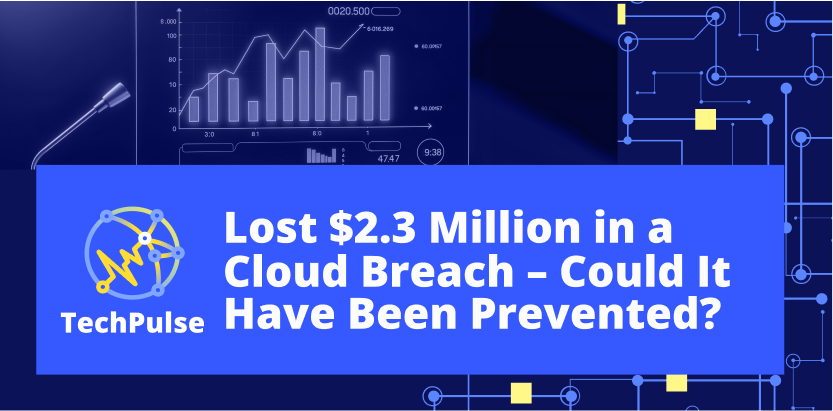A manufacturing firm lost $2.3 million after attackers compromised their cloud infrastructure through an improperly configured IAM role. Like many others in 2024, this incident underscores a crucial reality: while cloud adoption accelerates, security often struggles to keep pace. According to Gartner, 90% of organizations that fail to implement robust cloud security controls will expose sensitive data by 2025.
Yet the challenge isn't just about implementing security—it's about implementing it correctly. When a major Latin American fintech experienced a breach last year, its post-mortem revealed that it had security tools in place but lacked the proper configuration and monitoring processes to make them effective.
The Evolution of Cloud Security Challenges
Today's cloud environments present unique security challenges that traditional approaches fail to address. Multi-cloud deployments, which IDC reports are now used by 73% of enterprises, create complex security intersections. Each cloud provider offers native security tools, but orchestrating these across platforms while maintaining consistency requires careful planning and expertise.
Essential Security Pillars for Modern Cloud Environments
Identity and Access Management: The New Security Perimeter
The concept of "trust but verify" has given way to "never trust, always verify." Zero Trust Architecture (ZTA) isn't just a buzzword—it's a necessity. Implementation should focus on:
Role-Based Access Control (RBAC) with regular access reviews
Just-in-time access provisioning for elevated privileges
Multi-factor authentication across all access points
Service account governance with automated rotation policies
A Latin American bank recently reduced its attack surface by 60% after implementing granular RBAC policies and automated access reviews, demonstrating the tangible impact of proper identity management.
Data Protection: Beyond Basic Encryption
While 89% of cloud data is encrypted at rest, only 9.4% of organizations properly manage their encryption keys, according to IBM's Security Report. Adequate data protection requires:
Customer-managed encryption keys with regular rotation
Data classification automation for appropriate security controls
End-to-end encryption for data in transit and at rest
Secure key management with hardware security modules (HSMs)
Vulnerability Management: Shifting Left
Security can't be an afterthought. Organizations need to:
Implement infrastructure as code (IaC) security scanning
Automate vulnerability assessments in CI/CD pipelines
Use container image scanning with policy enforcement
Maintain an up-to-date software bill of materials (SBOM)
Incident Response: Preparation Meets Opportunity
When a significant cloud provider experienced an outage last quarter, organizations with well-defined incident response plans recovered 70% faster than those without. Key components include:
Automated playbooks for common security incidents
Regular tabletop exercises and scenario planning
Clear communication channels and escalation paths
Integrated security information and event management (SIEM)
Building a Culture of Security
Technical controls alone aren't enough. Organizations need to foster a security-first culture through:
Regular security awareness training customized by role
Clear security policies and procedures
Incentives for identifying and reporting security issues
Open communication channels between security and development teams
Looking Ahead: Emerging Security Considerations
As cloud environments evolve, new security challenges emerge. Organizations should prepare for:
Quantum-resistant encryption requirements
AI/ML-powered security automation
Enhanced supply chain security controls
Zero-trust network access (ZTNA) implementation
Taking Action
Start by assessing your current security posture against these best practices. Prioritize gaps based on risk and business impact, then create a roadmap for implementation. Remember that security is a journey, not a destination—regular reviews and updates are essential for maintaining a strong security posture.
Security incidents in cloud environments are often not a result of sophisticated attacks but rather of basic security principles being overlooked or improperly implemented. By following these best practices and maintaining vigilance, organizations can significantly reduce their risk exposure and build a more resilient cloud infrastructure.
Angel Ramirez is the CEO of Cuemby and a CNCF & OSPO Ambassador. He specializes in cloud-native technologies and digital transformation and helps organizations in Latin America and globally optimize their cloud strategies for sustainable growth.






